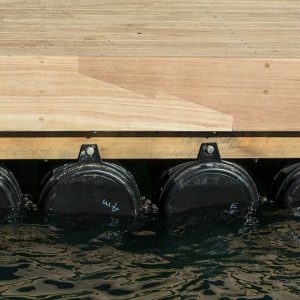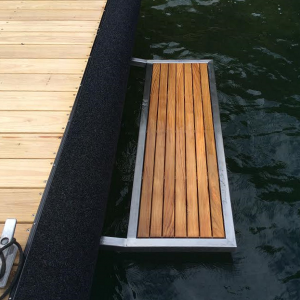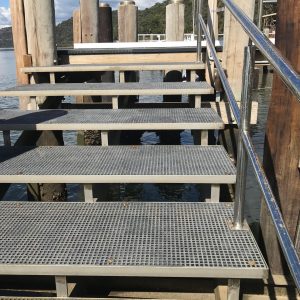Sensitive natural habitats compel waterfront industries to implement environmentally sensitive work practices

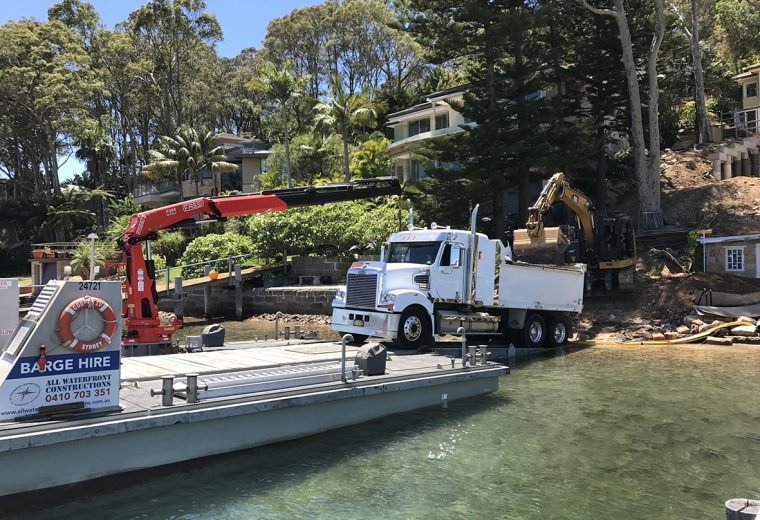
The waterways of Broken Bay and Pittwater have benefited from environmental initiatives by local government and the tightening up of EPA regulations around commercial marinas, plus locals undertaking clean-ups and reporting hazards. So, what about the workers who earn a living from their watery workplace? Are they on board too? Lisa Ratcliff speaks to one player in the market.
Local council, Roads and Maritime Services and the NSW Department of Primary Industries all regulate the management and health of sensitive natural habitats. They compel waterfront industries to implement environmentally sensitive work practices, and comply with strict guidelines designed to maintain pristine waterways.
Minimal disturbance to fragile seagrass beds, the percentage of sunlight able to filter through a structure to the sea floor, and the ability to capture debris created during the construction phase are some of the considerations a waterfront business protecting its work space, and operating license, must fulfill.
For the wharf construction arm of the business, All Waterfront Constructions’ management team made a conscious choice early on to use turpentine or H6 treated hardwood with a specially developed polyethylene sleeve over the pile, an additional barrier so the treatment doesn’t leak into the water and the pile is protected from marine bora attacks. The alternative is CCA treated piles containing copper and arsenic, which are still used by some businesses.
Work teams operating on the water are ideally placed to identify the fast-growing Caulerpa taxifolia that attacks native seagrass and ribbon weed beds. Operations manager Chris Kemp says when AWC staff and contractors notice the harmful algae at jobs in Pittwater or the Hawkesbury River, they do their bit and collect then dispose of it at an appropriate location.
Purposefully angled seawalls and boulder walls serve to dissipate energy and reduce beach erosion in wash areas, while AWC’s energy-absorbing float systems supporting pontoons also serve to reduce wave action and its damaging effects along the shoreline.
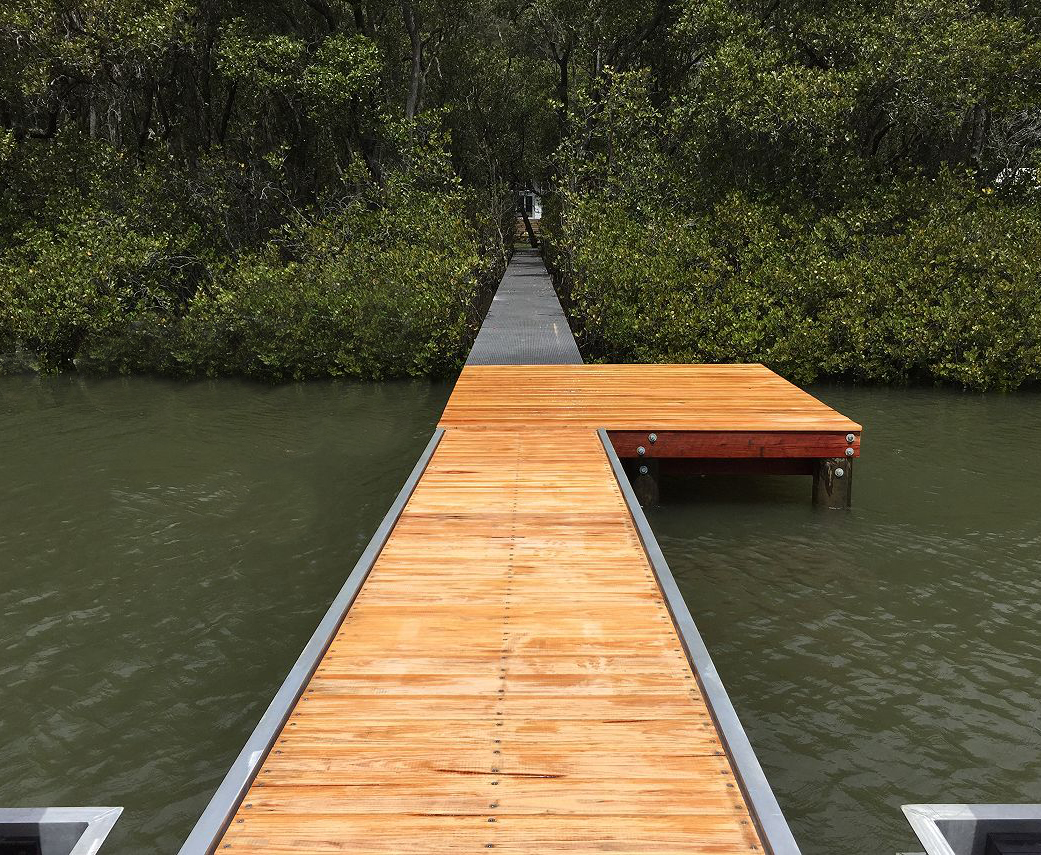
Moving between barges and jobs, staff run environmentally friendly 4-stroke engines and when large machinery is required, Chris and his team safeguard against potential damage from hydraulic oil and diesel spills by carrying the necessary spill kits, and knowing how to use them.
Tides are of course monitored on every job, so barges never rest on the seagrass. When a full-time boat berth is being constructed, very low spring tides are factored in when positioning, so the boat’s keel doesn’t disturb the ocean floor or suffer damage from coming into contact with the seabed.
Chris is particularly proud of an environmentally sensitive job AWC completed along the Hawkesbury River. “The client needed a wharf built over and beyond mangroves. We couldn’t get a barge in there to drill so instead we obtained a special permit, then we ran a cable to a big tree inshore to winch. We used a water-jetting system to drive the piles in and cut the wharf around the most established mangroves. Our impact was minimal, and the result was a stylish and unique wharf built within the constraints of a delicate natural habitat.”
Further information at www.allwaterfrontconstructions.com.au/ or call 0410 703 351.

